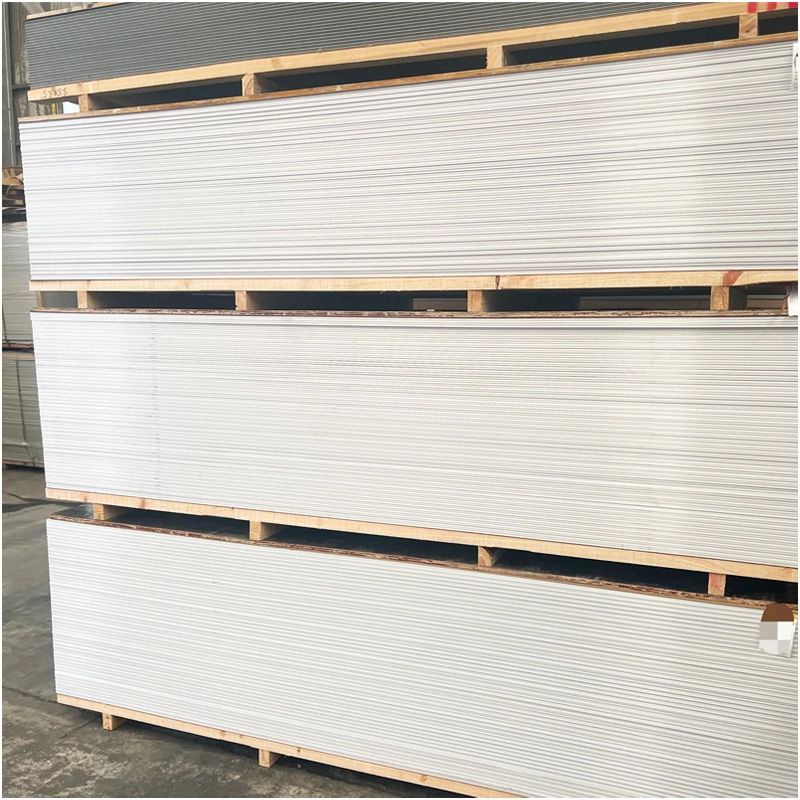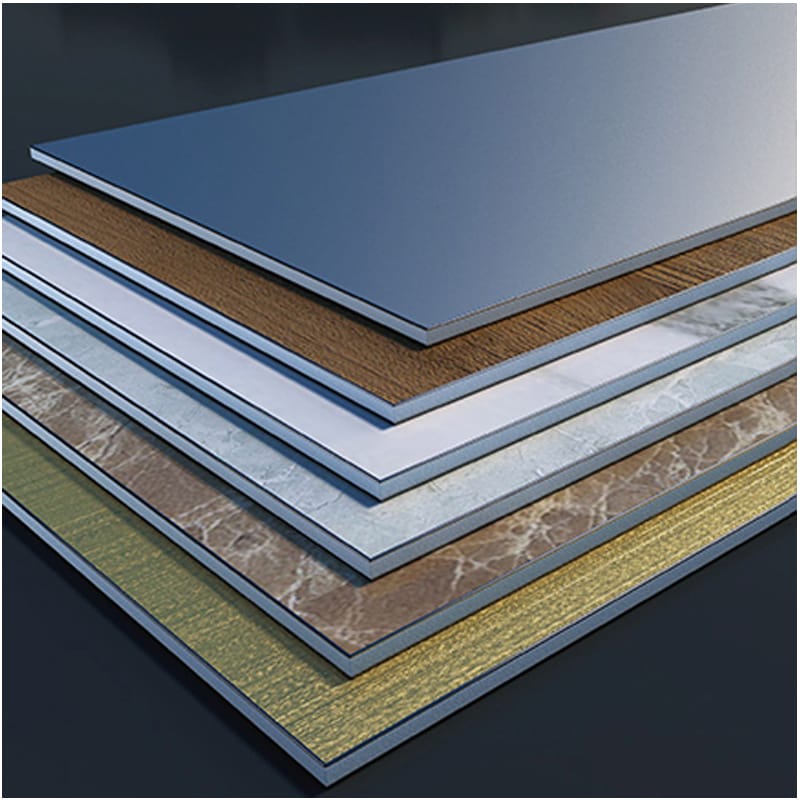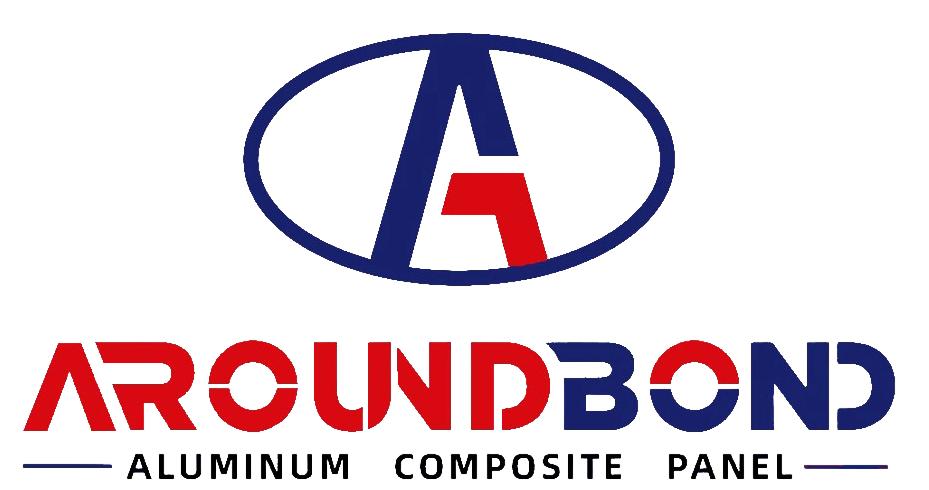A-Class Fireproof Aluminum Composite Panels: A Comprehensive Product Introduction
A-Class Fireproof Aluminum Composite Panels: A Comprehensive Product Introduction
Fireproof Aluminum Composite Panels

Fireproof aluminum composite panels
1. Introduction
A-Class Fireproof Aluminum Composite Panels (ACPs) represent a groundbreaking advancement in modern construction materials, combining exceptional fire resistance, structural durability, and aesthetic versatility. As urbanization accelerates and building safety regulations tighten globally, the demand for high-performance, fire-safe materials has surged. This product introduction delves into the technical specifications, manufacturing processes, performance advantages, applications, and industry standards of A-Class ACPs, positioning them as an indispensable solution for contemporary architectural needs.

Fireproof aluminum plastic panel
2. Structural Composition
A-Class ACPs are engineered through a sophisticated multilayered design to ensure optimal safety and functionality:
2.1 Material Layers
Outer Aluminum Layers:
Thickness: 0.2–0.5 mm (adjustable based on application requirements).
Material: High-grade aluminum alloys (e.g., 3003/5005 series) with superior corrosion resistance and formability.
Surface Treatment: Coated with PVDF (polyvinylidene fluoride) or polyester finishes for UV resistance, color retention, and self-cleaning properties.
Fireproof Core:
Composition: Inorganic materials such as mineral-filled polymers, modified phenolic resins, or blends of magnesium hydroxide, gypsum, and glass fiber.
Key Features: Non-combustible (A1/A2 rating per GB8624-2012), zero flame spread, and minimal smoke emission (<15 SDR under GB/T8627).
Thickness: 2–5 mm, customizable for specific thermal or acoustic insulation needs.
Adhesive Layers:
Bonding Technology: Specialized heat-activated adhesives or polymer films ensure seamless integration between layers, achieving peel strengths ≥7N/mm.

Fireproof Aluminum Composite Panels
3. Performance Characteristics
3.1 Fire Resistance
A-Class ACPs are designed to meet the highest fire safety standards:
Non-Combustibility: Withstands temperatures up to 1,200°C without ignition, achieving A2-s1,d0,t0 classification under EN13501.
Smoke Suppression: Smoke density ≤15 SDR, and toxic gas emissions (e.g., CO) are minimized to <25 mg/L, ensuring safe evacuation during fires.
Zero Droplet Formation: Prevents secondary fires caused by molten debris.
3.2 Mechanical and Environmental Durability
Lightweight Strength: Density ranges from 3.5–5.5 kg/m², reducing structural load while maintaining flexural strength ≥90 MPa and tensile strength ≥235 MPa.
Weather Resistance: PVDF coatings offer excellent resistance to UV radiation, acid rain, and pollution, ensuring a lifespan of 20+ years with minimal maintenance.
Thermal and Acoustic Insulation: Core materials exhibit low thermal conductivity (0.216 W/m·K) and sound absorption coefficients up to 30 dB.
3.3 Eco-Friendliness
Halogen-Free Formulation: Contains no toxic substances (e.g., asbestos or heavy metals), complying with LEED and BREEAM green building certifications.
Recyclability: Aluminum layers and inorganic cores are fully recyclable, reducing carbon footprints.
4. Manufacturing Process
4.1 Core Production
Material Blending: Inorganic components (e.g., magnesium hydroxide, gypsum) are mixed with binding agents and flame retardants.
Extrusion: The core is co-extruded under high pressure (≥140 MPa) to ensure uniform density and fire resistance.
4.2 Panel Assembly
Lamination: Aluminum sheets are bonded to the core using heat-activated adhesives at temperatures of 150–180°C.
Surface Coating: PVDF or polyester coatings are applied via roll-coating or spraying, followed by curing for enhanced durability.
4.3 Quality Control
Fire Testing: Compliance with GB/T8625 (vertical burn test), GB/T14402 (heat release rate ≤4.2 MJ/kg), and ASTM E84 (Class A rating).
Mechanical Testing: Peel strength, impact resistance, and bend tests are conducted to meet ISO 9001 standards.
5. Applications
5.1 Building Exteriors
High-Rise Facades: Ideal for skyscrapers requiring lightweight, fire-safe cladding (e.g., airports, office towers).
Public Infrastructure: Used in subway stations, hospitals, and stadiums for compliance with NFPA 285 and GB50016-2014 codes.
5.2 Interior Design
Fire-Rated Partitions: Provides up to 3 hours of fire containment in commercial spaces.
Decorative Ceilings: Customizable finishes (e.g., wood grain, metallic) enhance aesthetics in hotels and retail spaces.
5.3 Specialized Uses
Transportation: Adopted in ship cabins and train interiors for weight reduction and fire safety.
Advertising Billboards: Weather-resistant properties make ACPs ideal for outdoor signage.
6. Industry Standards and Certifications
Fire Ratings: A2-s1,d0,t0 (EN13501), Class A (GB8624), and ASTM E84.
Environmental Certifications: ISO 14001, SGS, and GREENGUARD Gold.
Mechanical Compliance: GB/T17748-2008 for peel strength and impact resistance.
7. Market Trends and Future Prospects
Global Growth: The A-Class ACP market is projected to exceed $10 billion by 2030, driven by green building policies and urbanization in Asia-Pacific regions.
Innovations: Emerging technologies include nano-enhanced cores (e.g., silica nanoparticles) and IoT-integrated “smart panels” for real-time fire monitoring.
8. Conclusion
A-Class Fireproof Aluminum Composite Panels redefine modern construction by harmonizing safety, sustainability, and design flexibility. With unparalleled fire resistance, mechanical robustness, and eco-friendly attributes, they are poised to dominate the next generation of architectural materials. As the industry evolves, continuous R&D and adherence to global standards will further solidify their role in creating safer, smarter built environments.


